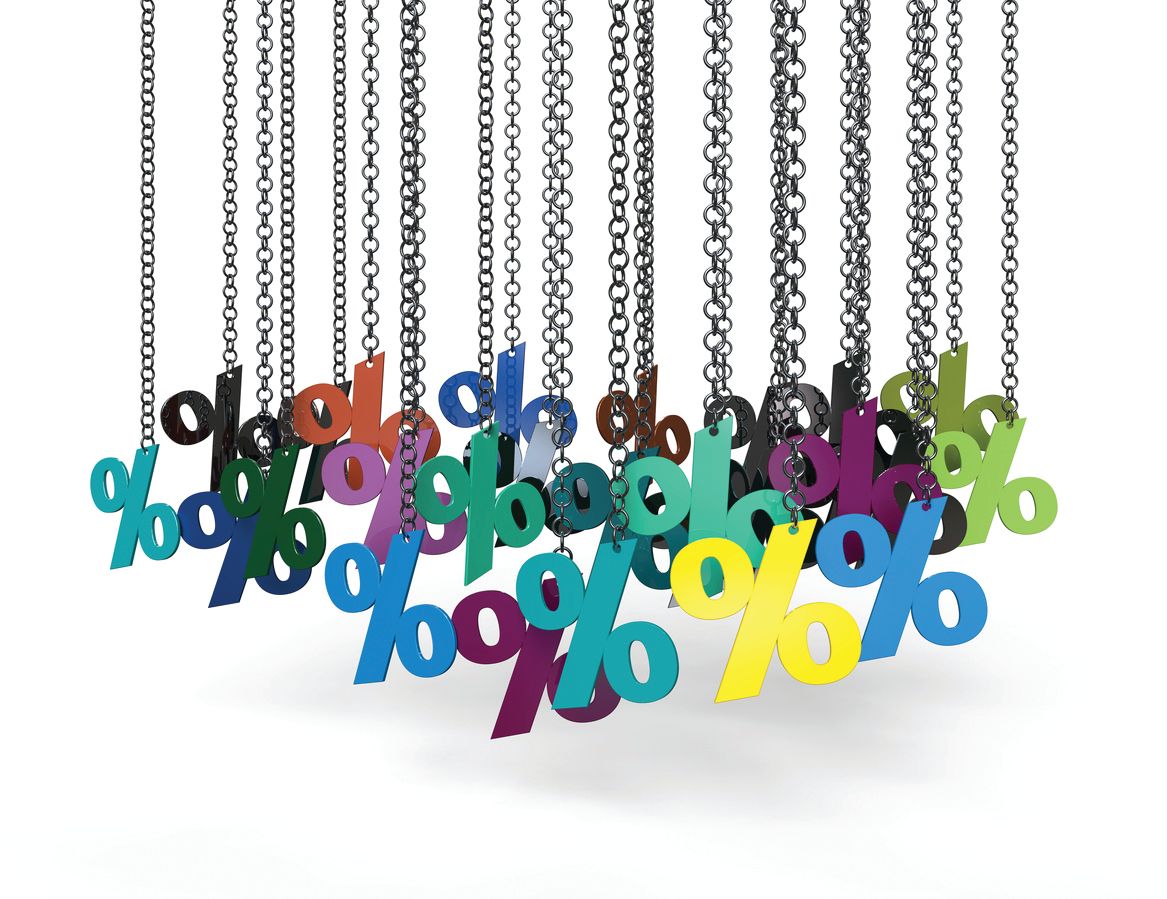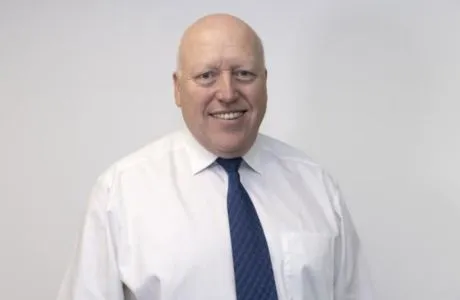
Borrowers should rule out getting paid to hold a mortgage if the base rate turns negative later in the year, it has been claimed.
The Bank of England’s Monetary Policy Committee urged banks to prepare for negative interest rates at its latest interest rate setting meeting in early February. However, it stressed this was simply to ensure they were ready if it needed to pull the trigger, rather than signalling a sure-fire indication the official borrowing rate could go into minus territory for the first time in history.
Nevertheless, such talk inevitably creates speculation about what ‘going sub-zero’ could do to mortgage rates and property demand.
Experts that Mortgage Strategy spoke to had mixed views on whether rates would fall at all on new deals and existing variable rates, although no one suggested borrowers would end up in profit.
Even where drops are possible, many stressed the base rate — currently at an historic low of 0.1 per cent — was just one of many dynamics that determined what borrowers paid. Other elements, such as the minimum-rate ‘floors’ on numerous variable-rate deals, could limit or rule out cuts on some products.
London & Country customer director Jane Harrison says: “The thought of being paid to have a mortgage sounds like a dream, but I don’t expect that to be something we will see in the UK. Tracker rates, which would be the most likely deals to benefit from a further drop in the Bank rate, can carry collars or floors that would prevent the cut being passed on, in full or at all.
“Plunging rates following the financial crisis raised the possibility of some tracker deals falling into negative territory, but lenders bottomed out at zero. On more recent trackers, the margins above base rate that apply would also make it unlikely to even get close to that scenario.”
Lender floors
Many major lenders employ floors. For example, Santander says its mortgage rates cannot go into negative territory, while Barclays states its tracker mortgages cannot go below their current levels.
Hargreaves Lansdown personal finance analyst Sarah Coles adds: “Even if the Bank of England introduced negative rates, this doesn’t mean they’d be passed on. Most mortgages are fixed, and variable mortgages usually have a floor they can’t drop beneath. New mortgages would get cheaper, but we’d be unlikely to be paid to borrow money.”
Santander UK chief economist Frances Haque cautions that pricing for new rates is based on a lot more than the base rate, which raises the possibility of no cuts at all if the base rate falls.
She says: “The mortgage market is competitive and price driven. While cuts to the base rate typically lead to reductions in mortgage pricing, other factors will also determine mortgage rates, including risk exposure, funding costs and the wider economic environment.
“These factors may become more significant if the Bank rate reduces further.”
Cheaper rates
Although there is caution in some quarters about whether rates could indeed fall, some experts have been definite in predicting cheaper rates if the Bank of England does introduce negative rates.
Estate agent Barrows & Forrester’s Birmingham property consultant, Robyn Peters, says: “It’s likely we could see a negative interest rate push mortgage rates to sub-1 per cent.”
However, that would not necessarily represent a huge dive given, at the time of writing, the cheapest rate available was 1.09 per cent, plus fees.
If the UK went sub-zero, it would not be the first major economy to do so. The European Central Bank, as well as central banks in Denmark, Japan, Sweden and Switzerland, has created negative interest rates in recent years.
In Denmark, while some banks introduced negative retail rates as recently as 2019, the high fees meant that in reality a borrower still paid for them, according to local analysts at the time.
Those same experts also explained that some mortgages advertised at a zero or negative rate were not like mortgages in the UK but more like a second charge loan, designed to fund repairs or renovations rather than fund the purchase.
Coles says: “In countries where they have negative rates, some have fed through into a handful of mortgages but, because of the fees, people aren’t being paid.”
Back in the UK, the MPC was keen to stress in its February meeting that the UK should not expect negative rates imminently.
The minutes of that meeting, which took place on 3 February, state: “While the committee was clear it did not wish to send any signal that it intended to set a negative bank rate at some point in the future, on balance it concluded it would be appropriate to start preparations to provide the capability to do so if necessary.
“The MPC therefore agreed to request that the Prudential Regulation Authority should engage with PRA-regulated firms to ensure they commence preparations to be ready to implement a negative Bank rate at any point after six months.”
That almost certainly rules out rates going negative when the MPC next meets, on 18 March.
Harrison says: “The Bank of England has been clear that, just because it has asked for lenders to consider how they could react, we should not necessarily read that as a signal that they will.”
Necessary stimulus
However, other commentators are more bullish about the possibility of the official borrowing rate going below zero.
High-net-worth broker Enness Global’s associate director, Victoria Barton, says: “It’s becoming increasingly likely that the Bank of England could push interest rates into negative territory.”
If mortgage rates drop, a big question is what that will do for property demand and mortgage acceptance. Some believe it could help provide the stimulus the market will need once the stamp duty holiday ends, which was scheduled for the end of March but could be extended to June, based on speculation at the time of writing.
“As a result [of possible sub-1 per cent mortgages], the market revival that was initially spurred thanks to the stamp duty holiday should live on long after it has expired,” says Peters.
However, Haque points out that rates are just one piece of the demand jigsaw.
She insists: “There are many important factors that impact the housing market, and low rates should be considered in the context of these. Affordability is key, with the income of buyers, growth in house prices and available loan-to-values playing an important part in driving demand. Regulatory and economic factors are also important drivers.”
Given rates are close to all-time lows, it is still a cheap time to get a mortgage. As a result, some believe there is no point waiting in hope that interest rates will go negative. After all, that may never happen and, even if it does, there is no certainty mortgage rates will fall too.
Harrison says: “Rates are already very competitive and to delay securing a good deal in the hope the base rate is cut further could mean borrowers risk missing out.
“We haven’t seen the talk of negative rates shift customers’ attention away from the attractive fixed rates on offer, which suggests that borrowers are not holding out for more cuts but prefer the certainty of knowing where they stand.”



